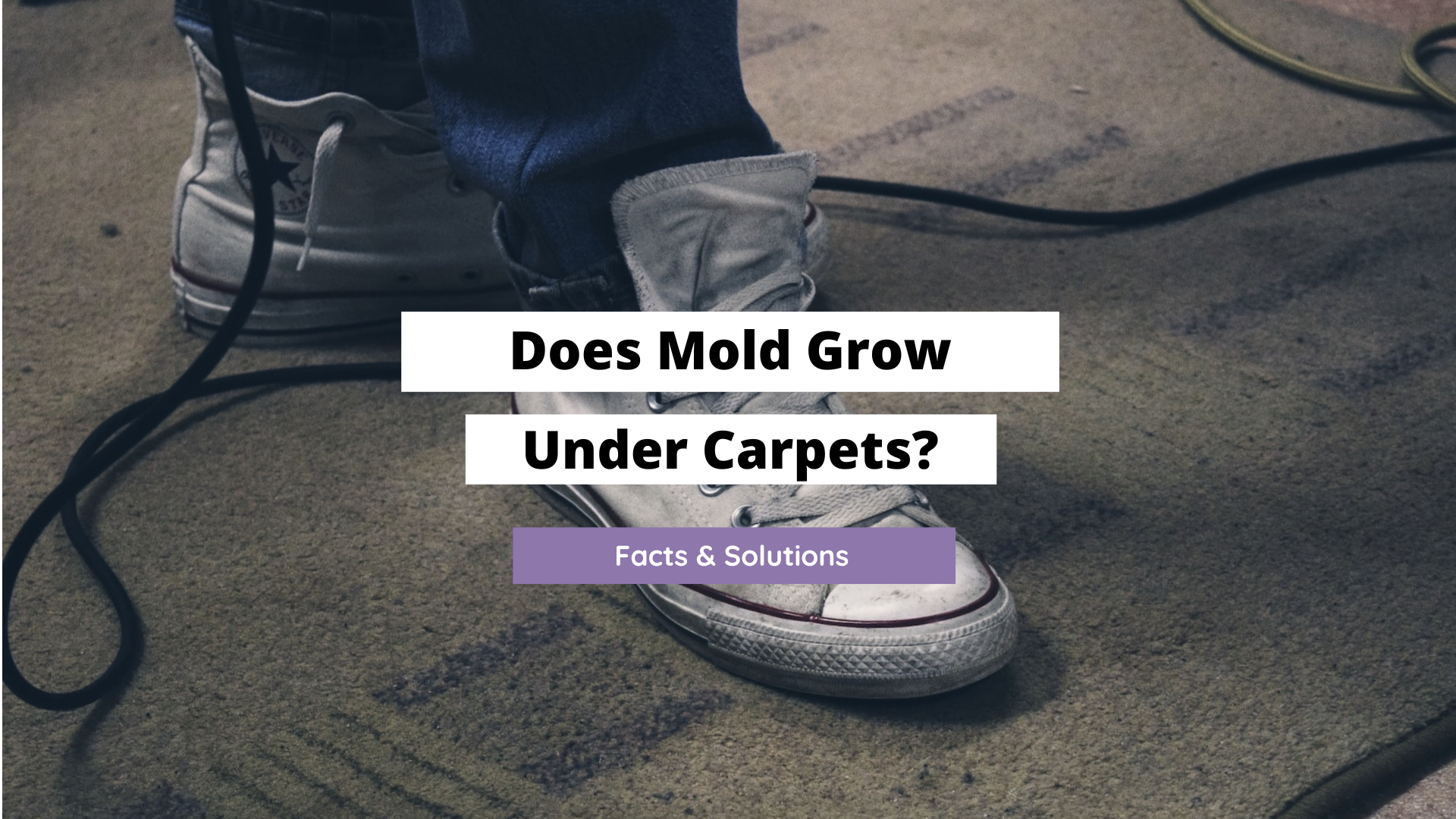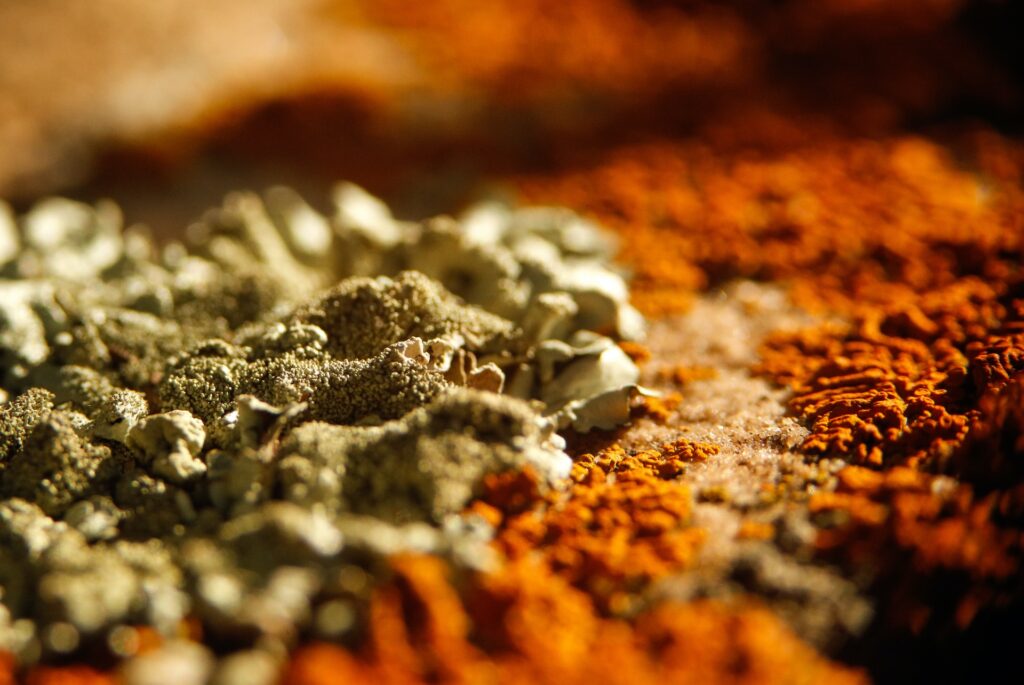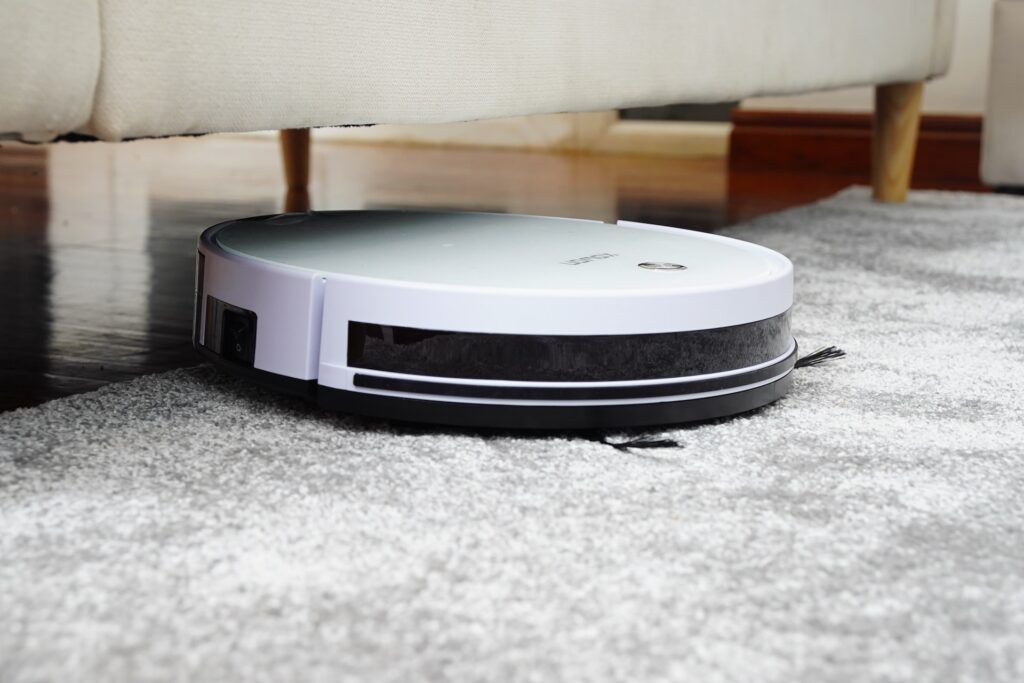Does Mold Grow Under Carpets? (Facts & Solutions)

Having carpets in a home is absolutely beautiful and is a great way to add comfort, style, and warmth to any room. But compared to other types of flooring, carpets tend to require more upkeep. One of the common problems faced by carpet owners is the growth of mold. Usually, we concentrate on the mold that appears on the surface of carpeting, but it can also appear elsewhere. This begs the question: Does mold grow under carpets?
Yes, mold does grow under carpets, depending on certain circumstances. If a carpet has been damaged by some form of liquid or has been exposed to poor ventilation and high humidity, it is common for mold to grow under carpets.
It is extremely dangerous to allow mold to grow under carpets for extended periods of time. This is why I’m going to explain the process of how mold grows, the reasons why it grows under carpets, and what you can do to disinfect your carpets from fungi.
Table of Contents
What Is Mold And Where Does It Grow?

Mold is a form of fungus that tends to grow, multiply, and spread across moist, decaying, and dark matter or areas, especially in a home. Mold is a safety hazard that can have a significant effect on your health. It is well known for triggering a wide range of allergic symptoms or reactions, including the following:
- Breathing issues.
- Sneezing.
- Watery eyes.
- Runny nose.
- Coughing.
- Itching.
- Fatigue.
- Headaches.
The last thing you need to deal with is constant exposure to mold in your home. It’s only going to aggravate these symptoms and make them worse over time.
Paper, cardboard, ceiling tiles, and wood products all support the growth of mold well. Dust, paints, wallpaper, insulation, drywall, carpet, fabric, and upholstery are other materials where mold can grow.
The issue with mold is that it appears in different forms and isn’t seasonal. In other words, if mold or mildew forms in a particular area of your home, not only will it spread, but it will persist indefinitely and throughout the entire year until you take steps to eradicate it.
As mentioned earlier, it is a known fact that mold grows in/on carpentry and upholstery. The issue is that it isn’t restricted to certain areas of your home.
Mold can just as easily form on the surface of a carpet as it can under carpets.
The majority of us don’t regularly vacuum or clean beneath our carpet, which is a problem.
With time, mold can spread entirely throughout the underside of your carpet and cause significant issues for your health and the quality of the carpet, forcing you to replace it.
This is an unnecessary expense because we can actually prevent or eradicate mold early on.
What Factors Influence Mold Growth Under Carpets?

Excessive humidity.
Condensation may happen when warm, humid air meets a surface that is colder than the air around it. It’s possible for mold to grow when moisture builds up on porous surfaces.
The ground upon which a carpet sits is usually a lot cooler than the environment around it.
This is probably why humidity contributes to the formation of mold under carpets.
Lack of cleaning.
Different forms of fungi are not going to grow and spread when you are regularly disinfecting your carpets and floors.
Antifungal sprays and cleaning agents ensure that your home is free of unnecessary bacteria and mold.
Unfortunately, most people don’t take the time to adequately clean their carpets.
It’s not good enough to just vacuum a carpet. It is required to shampoo and even wash a carpet a couple times per year to ensure that it remains mold free.
Water damage to carpets.
As mentioned above, wet carpets tend to be a breeding ground for mold.
Throw in humidity or a lack of regular cleaning with disinfectants, and water damaged carpets are prone to mold.
When carpets are not easily removable and exposed to water damage, they may dry on the surface, but some of that water damage seeps into the inner fibers as well as under the carpet.
That’s when mold forms and spreads under carpets without you realizing it.
Spillage of liquids.
It’s not just water that can result in the formation of mold.
Most types of liquids that have time to seep into your carpet can contribute to the growth of mold.
If your carpet is removable, regularly clean and air dry it in the sunlight to kill or prevent mold.
Inadequate ventilation.
When you don’t have a good amount of cross ventilation and fresh air passing through your home, mold spores tend to find a place to settle and grow.
In general, you want to open windows, draw your curtains, and utilize an air conditioner with a HEPA filter to provide better ventilation in your home.
Alternatively, position a fan to maximize the flow of air in and out of a room with carpets.
How To Prevent Mold From Growing On And Under Carpets

1. Clean carpets regularly.
Vacuum your carpets daily to remove any dirt, grime, dust, and mold spores before they settle and start growing. Simple maintenance on a daily basis can prevent larger mold problems down the line.
2. Purchase a dehumidifier.
If you live in a home or location that is known for being extremely humid, it is a good idea to spend a few bucks on a dehumidifier in rooms with carpets. This is a simple way of preventing the growth and spread of mold in your carpet.
3. Open your windows and doors regularly.
Since a lack of ventilation and humidity significantly contribute to the growth of mold, it makes sense to improve the flow of air in your home. If there aren’t too many points of entry and exit in a room, opt for using a fan to increase air circulation or use an air conditioner with a HEPA filter.
4. Shampoo and clean your carpets.
If you want to prolong the quality, appearance, and texture of your carpet while also removing any mold that may be forming, shampoo your carpets a few times per year. If that doesn’t do the trick, invest in a professional carpet cleaning service that uses the right type of machinery and products to disinfect and deeply clean your carpets, including underneath.
5. Clean up water and liquid damage immediately.
When you spot any form of liquid on your carpet, act quickly. First, clean off as much of the liquid as possible. Vacuum up any residual liquid that may have seeped deeply. Disinfect with an antibacterial and antifungal spray made for carpets. Wipe down, dry in fresh air, and then vacuum one last time.
Final Thoughts
I think we have established that mold does grow under carpets and it is quite injurious to our health. To remove and prevent mold, we simply have to implore the use of appropriate cleaning methods for our carpets.
The prevention of mold is the best thing you can do for your carpets and your home.
With that being said, if you found this article useful, you’ll absolutely love reading the following articles:
1. How often should you clean your carpet?





